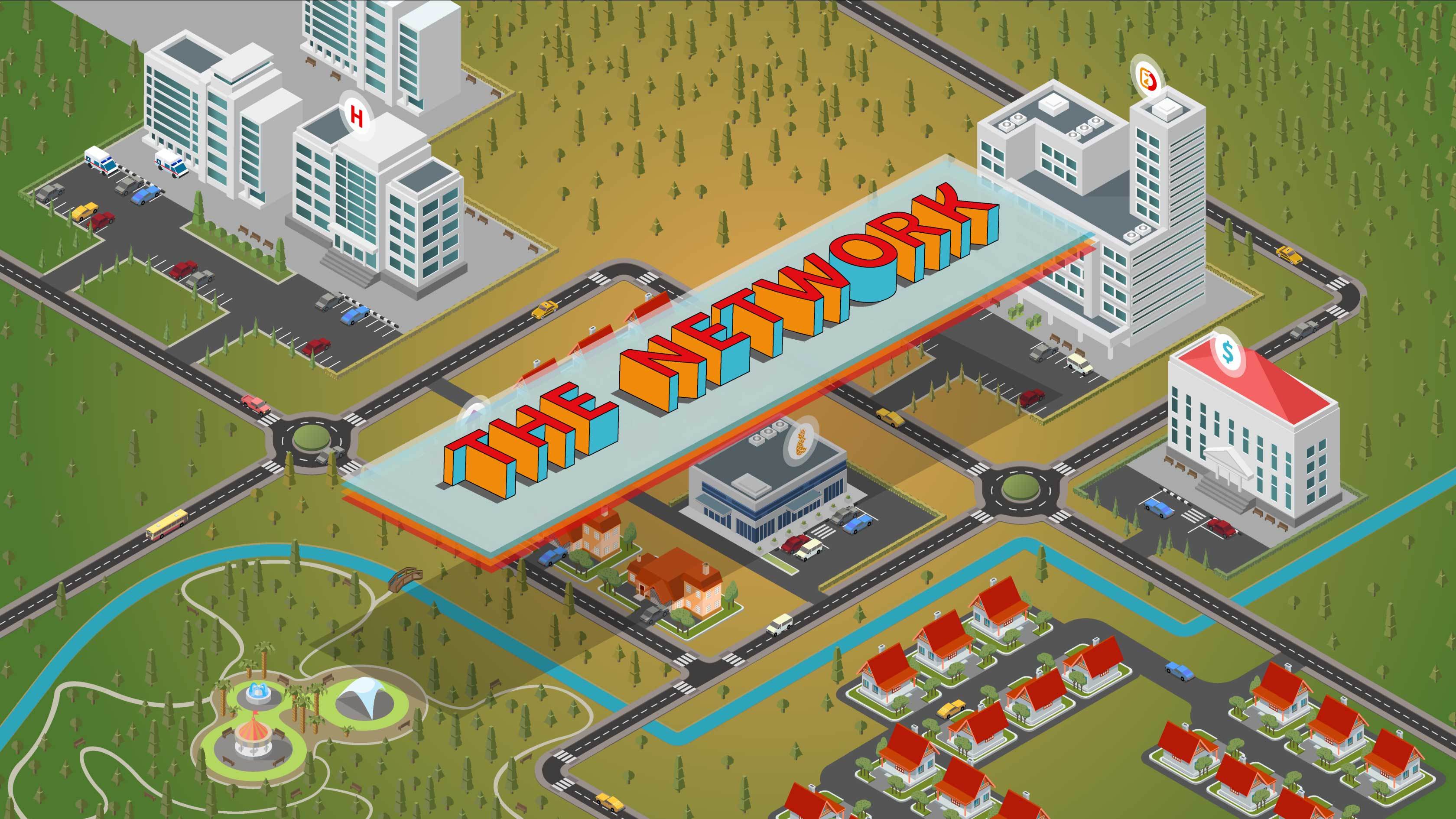
E-Port
Information platform to manage electric airplanes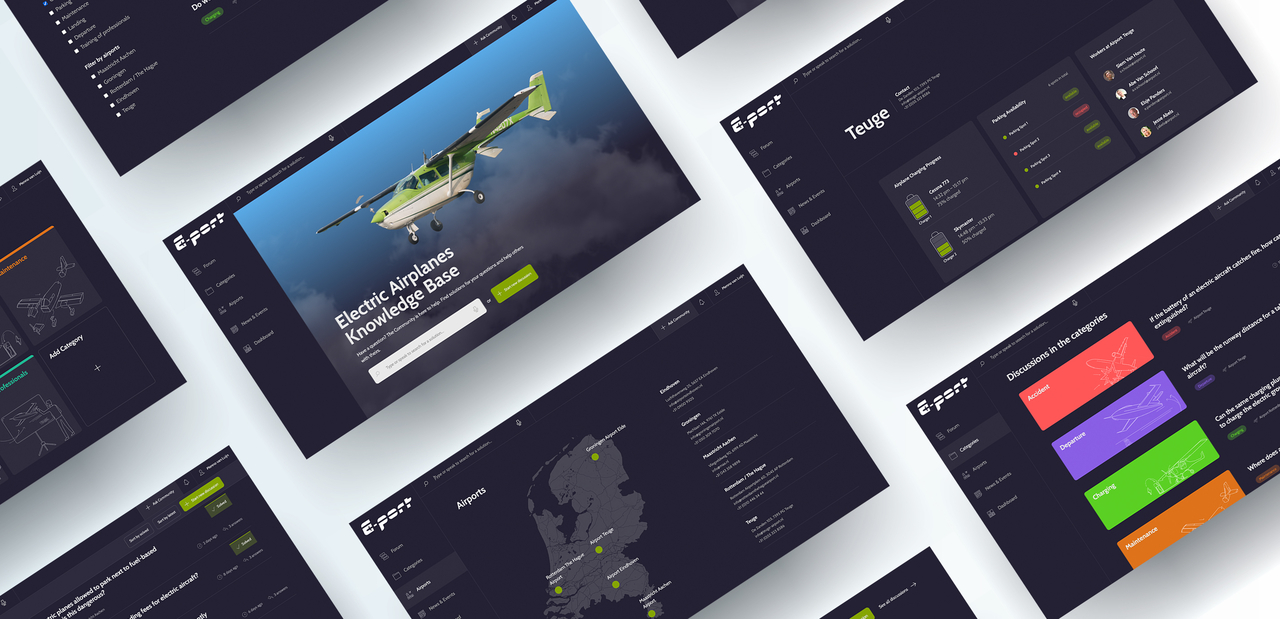
-
Client:
Dutch Electric Aviation Centre & HVA Aviation Management & stichting DEAC
- Team:
-
Disciplines:
UX/UI
-
Schoolyear:
2021-2022
Electric airplanes are a very new concept in the field of aviation. The goal of this emerging field is to fly cleaner, quieter, cheaper, and in a more fuel-efficient manner. However, most airports don’t know how to manage those airplanes yet.
The challenge is to find a way for regional airports and their staff to help each other regarding the lack of knowledge about electrical airplanes. For most regional airports, it is the first time that an electric aircraft arrives. This presents them with a number of challenges, particularly in terms of safety, energy management, maintenance and general organization.
To cater for these challenges, we delivered an innovative knowledge base with an integrated voice search to enable airport staff to access relevant information wherever they are.
Discovery phase
Because of the recency of the topic, it was enormously important for us to get realistic impressions beyond the typical desk research. This is why we visited the airport in Teuge, Netherlands. By going into the problem space, we got insights into where, how and by whom our product would be used later.
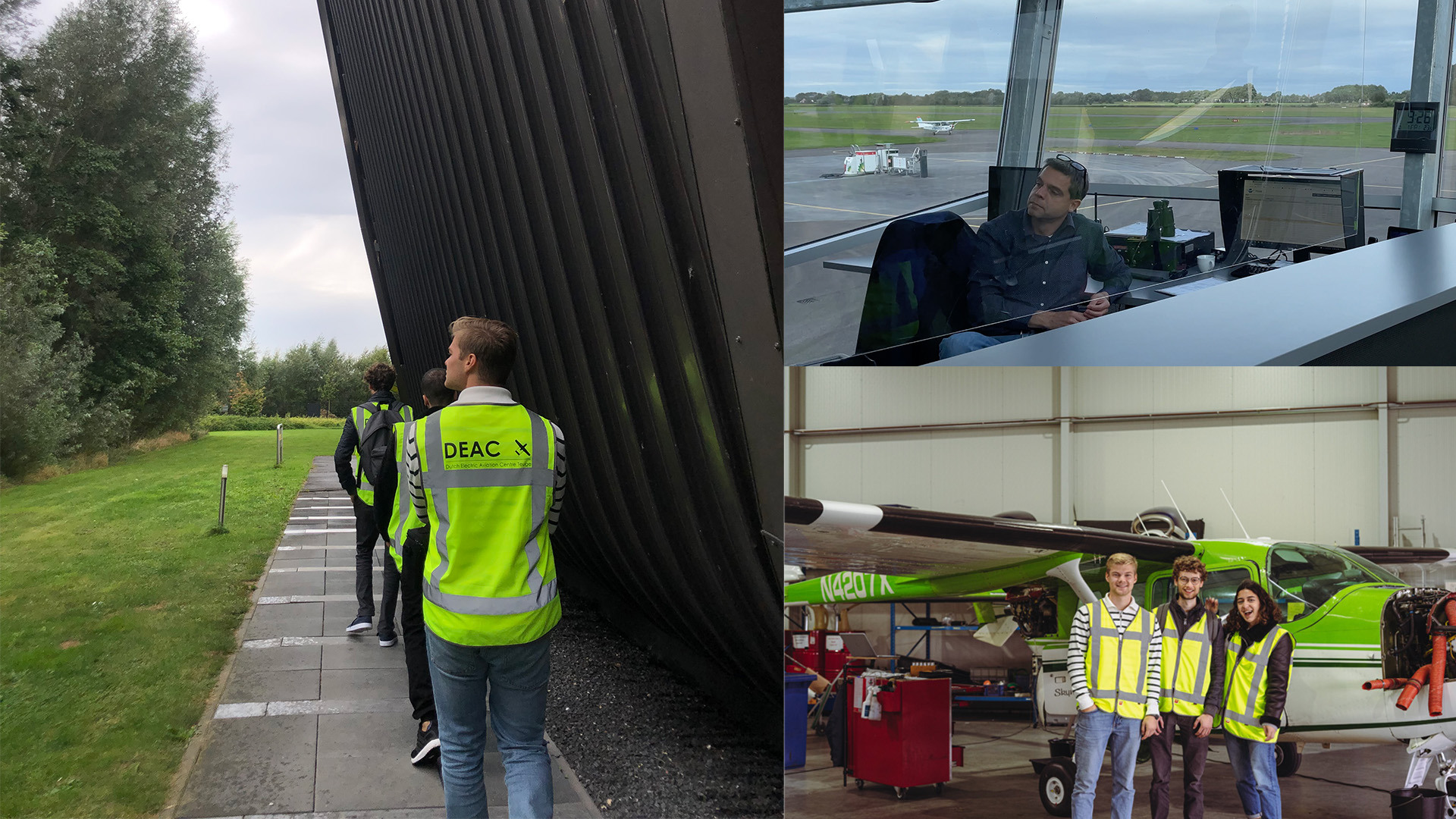
After all these impressions, we started to bring the puzzle together. It was clear that we need to create something which can store information permanently, is scalable, and also always accessible. Based on our findings, we came up with three ideas, which we then compared with each other:
- Knowledge Base with Forum on own website
- Collaboration Tool like Slack
- Event-based gathering insights
We didn’t know yet whether it would be better to build our own knowledge base or to rely on previous tools such as Notion, Slack or Trello. This is why we wanted to prototype in order to test the limitations.
Customised profile for airports
Every airport is different – varying number of employees, facilities, available tools etc. In order to structure all the information needed for each airport, we implemented airport dashboards which display everything handy in one place. However, it is still possible to see entries from other airports to check if the problem is already fixed somewhere else.
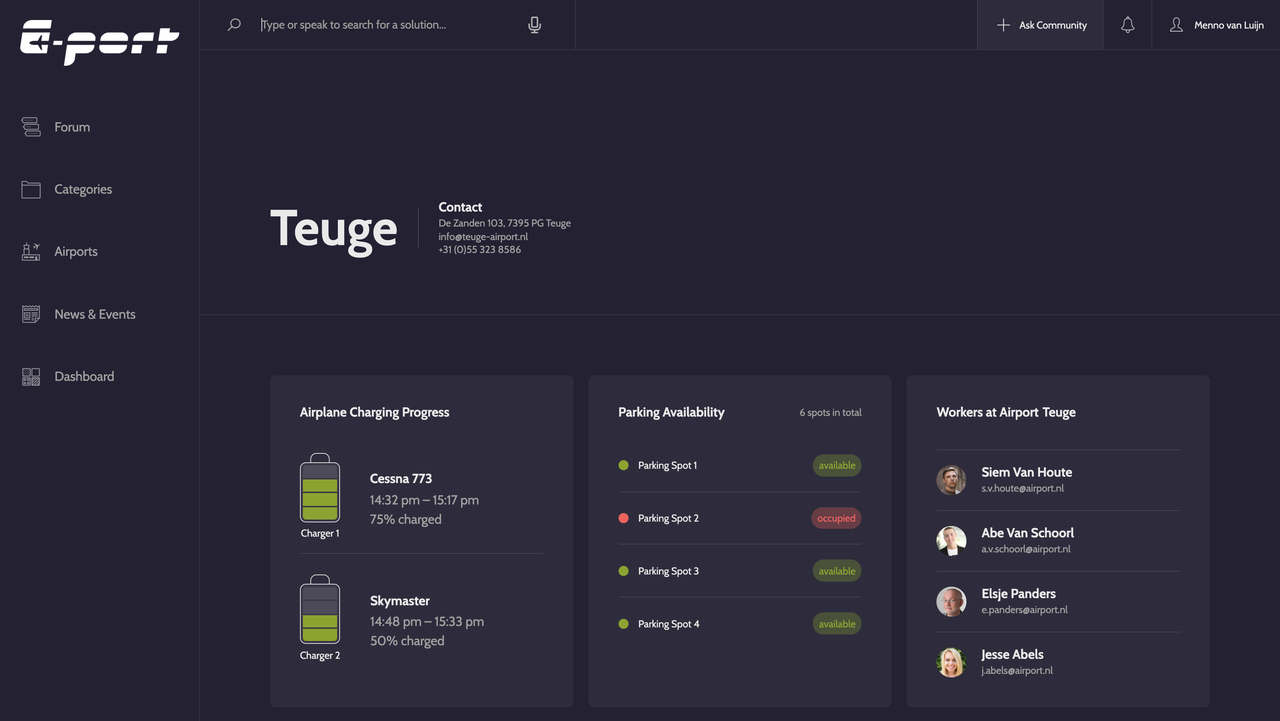
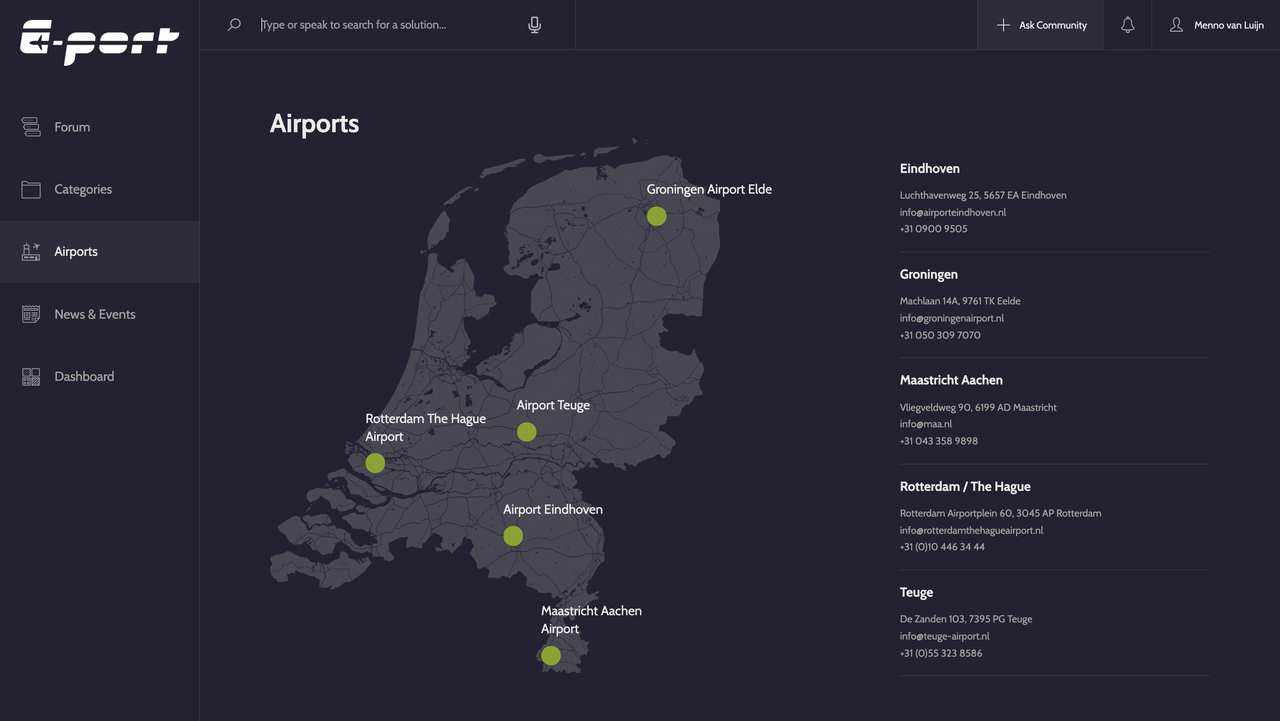
Special feature: Voice Search
As a custom feature, we integrated a voice search to enable airport staff to access relevant information just with their walkie-talkie. Why did we decide to do that? Well, during the airport visit we noticed three relevant aspects. First, these airport workers mainly communicate with each other using walkie-talkies. Second, they don’t always have the possibility to have a smartphone or tablet with them. And last, the internet connection across the field is not guaranteed everywhere. Therefore, we tried to find a way for them to interact with the knowledge base only with their voice – accessible wherever they are.
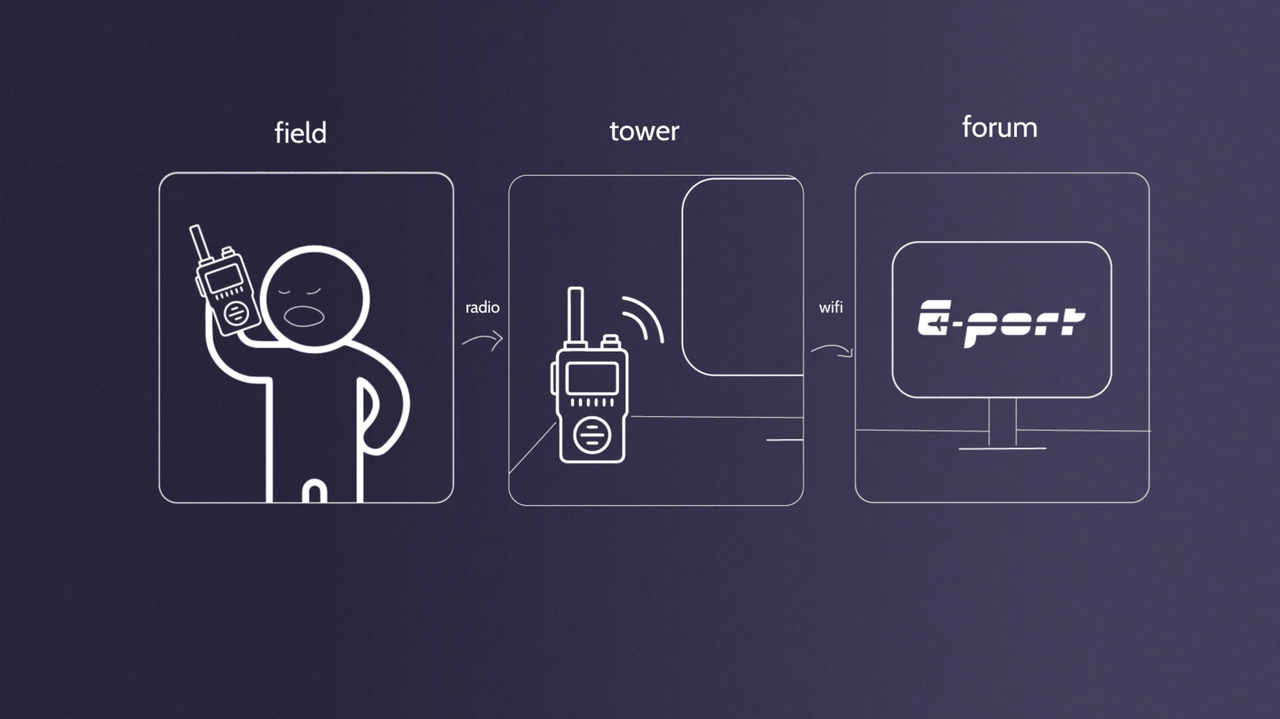
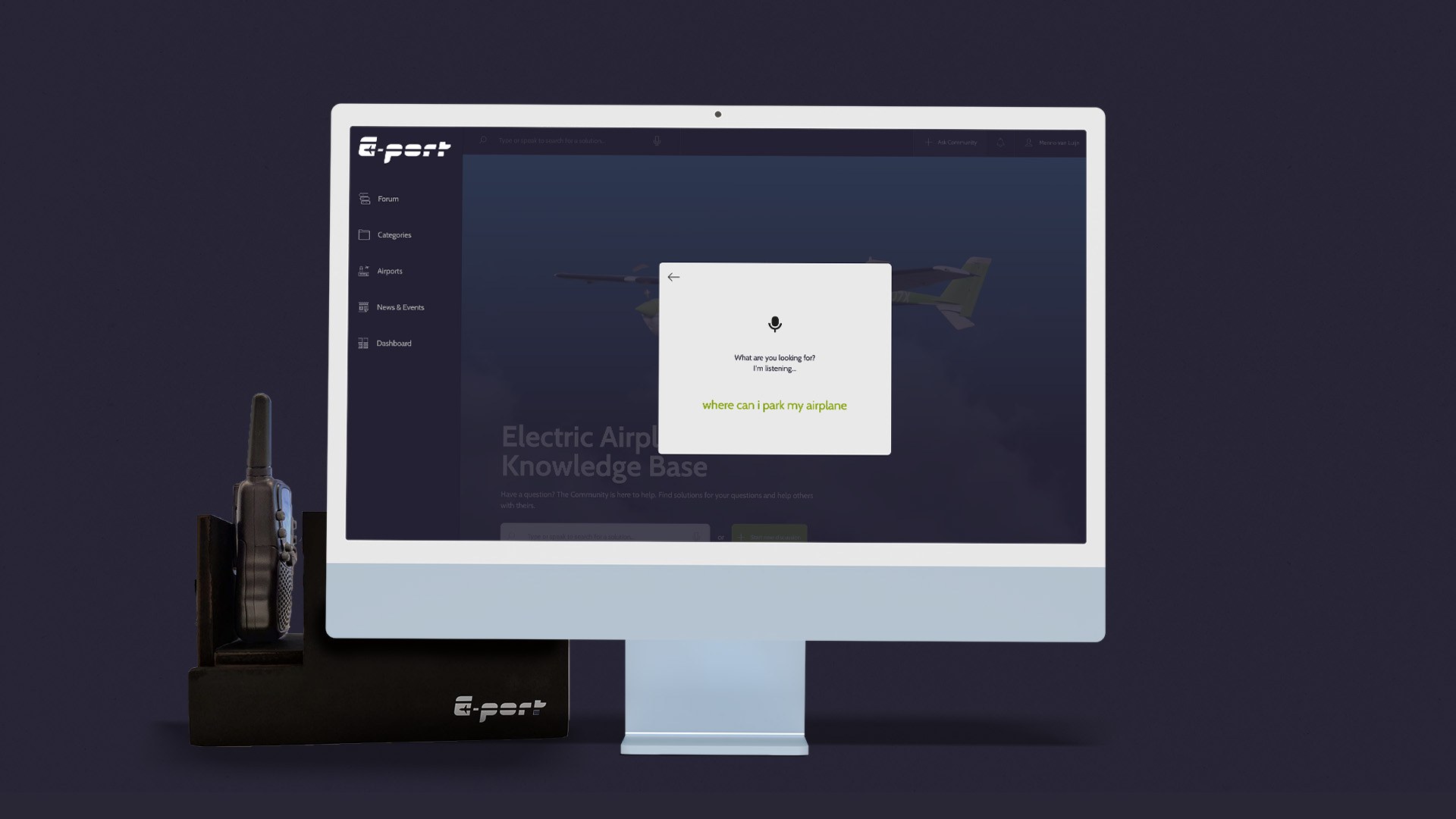
Voice Interaction
It was important to figure out how workers can receive information back after asking through the walkie-talkie. The first approach to prototype this interaction was to establish a direct connection between the computer and the walkie-talkie. Because of technical issues, we had to manually trigger the push-to-talk button of the walkie-talkie.
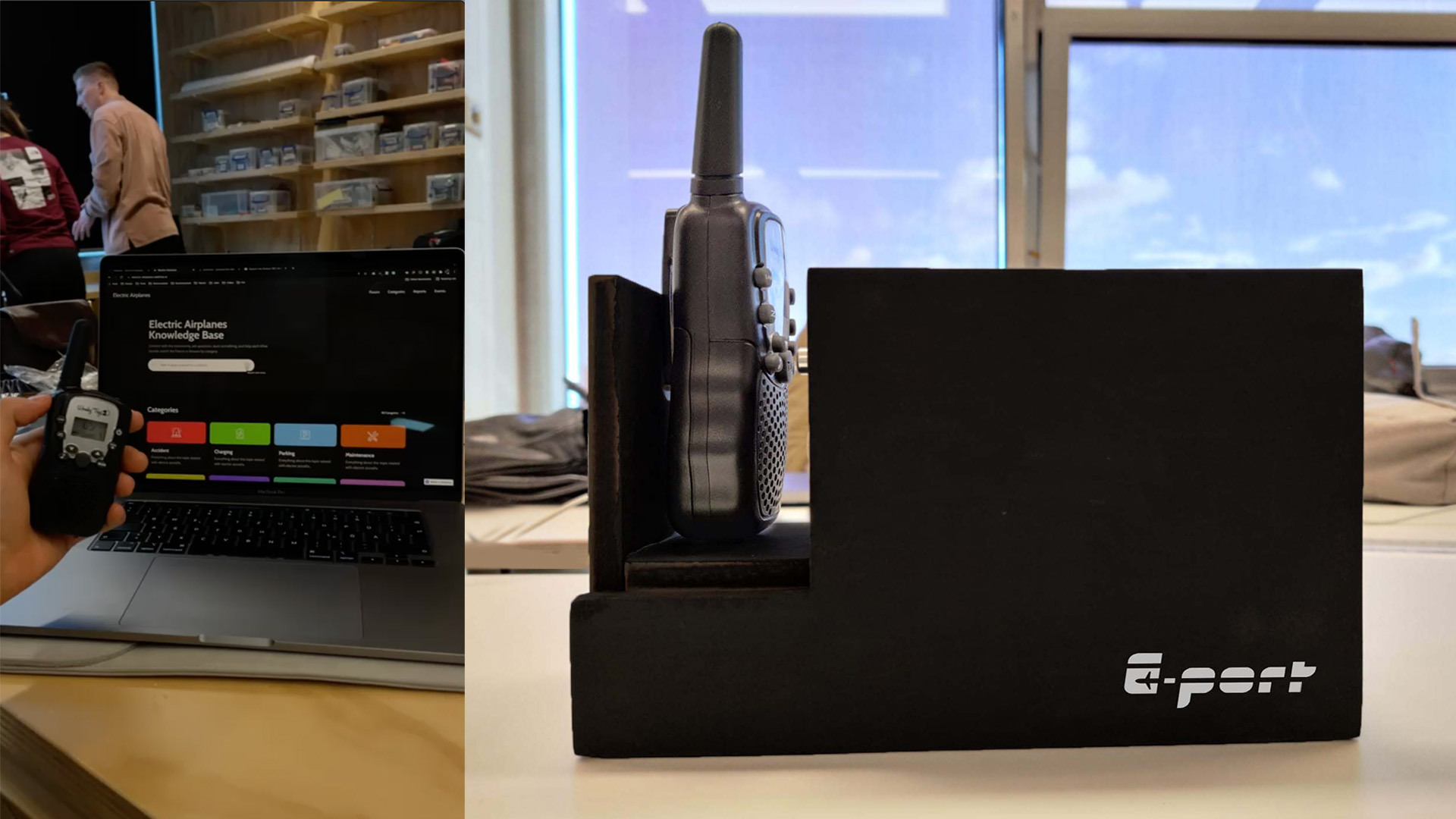
After iterating on the prototype and including the insights and feedback from the user tests, we finished the screens and optimised the content. With this knowledge base, we hope to contribute to the constantly rising field of electric aviation and help those workers in a practical way in their daily life.
In the future, this solution can be expanded with (monthly) meet-ups and events to share findings in a more human way. Also, it might be worth thinking about how to sync existing systems and processes with that knowledge base to streamline processes and leverage efficiency.

